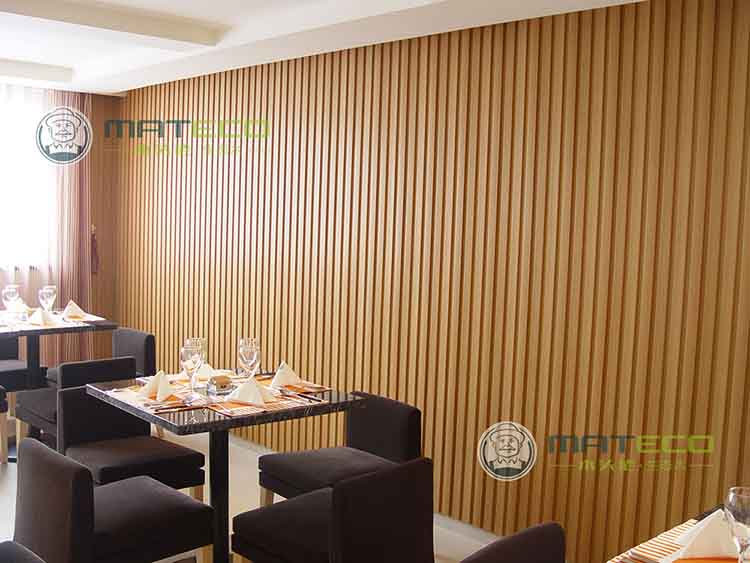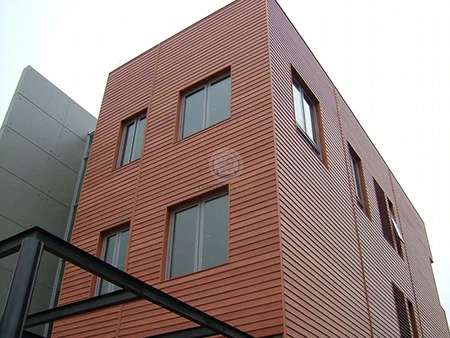Composite Panelling Pricing: What Wholesalers Need to Know
In the bustling world of construction and design, composite panelling has emerged as a sought-after material, blending durability with aesthetics. But as with any popular product, there's one question on every wholesaler's mind: "What's it going to cost me?" Dive into this guide as we unpack the nuances of composite panelling pricing, giving you the insights you need to navigate this dynamic market. From the basic factors that influence costs to understanding market trends, we've got you covered. Whether you're a seasoned wholesaler or just stepping into the arena, here's everything you need to know about the economics of composite panelling.

What Is Composite Panelling?
Composite panels, made of an insulated core flanked by two metal or plastic sheets, are a favored building material. The benefits? Enhanced rigidity, fire resistance, and excellent insulation properties. Furthermore, the smooth finish and ability to be painted in a myriad of colors make it a favorite among designers and architects. They're commonly utilized for exterior walls, internal frameworks, and roofing in commercial structures.
Factors Influencing Composite Panelling Costs:
1) Material Choices and Their Impact on Costs
The choice of material is a significant factor in determining the cost of composite panelling. At the core of these panels, you'll often find materials like polyethylene or mineral-filled materials. The type of core material can substantially influence the cost. For instance, a fire-resistant core might be pricier than a standard one, but it offers added safety benefits, especially in commercial settings. On the other hand, environment-friendly cores, made from recycled or sustainable materials, might have a different price point, influenced by the green manufacturing processes involved.
2) Labor: The Hidden Cost Driver
Labor, often an overlooked component, can significantly impact the overall cost of your composite panelling project. Installation costs aren't just about hourly wages; they're also about the expertise and experience of the workforce. A skilled team might charge more, but they'll likely ensure a quicker and more efficient installation, which can save money in the long run. Moreover, complex projects that require intricate designs, cutting, and fitting will naturally demand higher labor costs compared to straightforward installations.
3) Size and Thickness: Bigger Isn’t Always Better
When it comes to composite panelling, size does matter, and so does thickness. Naturally, larger panels covering more square footage will be more expensive. But there's also the matter of thickness to consider. Thicker panels, offering more rigidity and potentially better insulation, will be pricier than their thinner counterparts. Wholesalers need to strike a balance between the project requirements and the associated costs, ensuring they get the best value for their money.
4) Finishing Touches: Coating and Finishes
Last but certainly not least, the finish and coating on composite panels can add a significant amount to the overall cost. Panels can come in various finishes, from matte to glossy, and might also have additional protective coatings to guard against UV rays, graffiti, or wear and tear. While these finishes and coatings can increase the initial investment, they often mean the panels will look better and last longer, reducing long-term maintenance and replacement costs.

Bulk Purchasing and Discounts: Saving Strategies for Wholesalers
For wholesalers, buying in bulk can lead to substantial discounts. Many manufacturers offer tiered pricing based on quantity. It's also worth noting that forming a long-term relationship with a particular supplier can open doors to negotiation, leading to better deals and exclusive offers.
Quality vs. Cost: Finding the Right Balance for Composite Panelling
While it might be tempting to opt for the cheapest panels available, it's essential to consider quality. High-quality panels, though more expensive upfront, can offer better durability, aesthetics, and performance. It's a matter of investing wisely now to avoid future headaches and additional costs.
Regional Price Variations: How Location Impacts Composite Panelling Costs
The cost of composite panels can vary based on region due to factors like local manufacturing capabilities, import tariffs, and transportation costs. For instance, a wholesaler in a region with several manufacturers might find the panels to be cheaper than in an area where they need to be imported.
Conclusion:
Navigating the intricacies of composite panelling pricing can seem daunting, but with the right knowledge, wholesalers can make informed decisions that benefit both their business and their clients. By understanding the various factors that influence costs, from material choices to labor nuances, and from size considerations to finishes, one can strike the perfect balance between quality and cost-effectiveness. As the demand for composite panels continues to soar, staying informed and adaptable will be the key to thriving in this dynamic market. Remember, it's not just about finding the cheapest option, but about finding the best value that will stand the test of time.
MATECO WPC panels manufacturer will provide you with high-quality and competitive WPC panelling. If you are interested, please contact us to receive FREE samples and more product details.
If you are looking for a WPC manufacturer, MATECO WPC will be your best choice.
Website: https://www.matecowpc.com
WhatsApp: +86-13380085620
Email: info@matecowpc.com
















